Photography is approaching its 200th anniversary. It is a fascinating development that has led to today’s wide range of still images, films, illustrations, advertising, art, etc. The countless analog and chemical processes have evolved into computer-based digital processes. However, the result is basically the same; images and films in different versions that we are becoming increasingly dependent on.
The technology to produce images and to present them strongly influences our consumption and use of images. It is an exciting development that, with the introduction of AI (Artificial Intelligence), faces unimagined possibilities. But also challenges that are likely equivalent to those that the society and viewers of the time faced in the infancy of photography.
The nature and form of expression of the photographic image have developed in step with the technological changes. Many tools in today’s digital world strive to recreate the look and feel of older images. So you no longer have to go back to wet processes, dark rooms and unwieldy large-format cameras to produce images that look “old”.
Several years ago I came into contact with Lensbaby, an American company, which produced lenses with a simple optical construction and with accessories to obtain images on modern cameras reminiscent of the images of the old photo pioneers. By exploiting the technical limitations, one can reproduce the motifs in expressive images stripped of the perfectionism of modern technology.
My Lensbaby package includes: Lensbaby Composer Pro with different lens heads that give the character of a pinhole camera, plastic lens, single glass lens and double glass lens. For those with optical lenses come with a set of discs with different apertures, wideangle and telephoto attachments are available. A variety of discs with apertures and shapes can be placed in front of the lens to create vignetting images. The Lensbaby concept has developed a lot in recent years, so nowadays there is a large range of lenses with different characteristics.

I was disappointed when using the lens on my Nikon D90. The pictures weren’t nearly as exciting as I expected and the stuff ended up on the shelf. I was all the happier when I tried the lens on my Nikon D600 by pure chance. Suddenly, the limited sharp areas surrounded by blurred areas appeared. It is the effect of the size of the image censor. The D90 is a DX, i.e. a half-frame camera, while the D600 is an FX, i.e. a full-frame camera. The lens is designed for a full frame camera. Since then, I have occasionally brought out and experimented with the Lensbaby package. The possibilities are endless, but it requires focusing on them and ignoring what you could get with traditional photography.
Håkan Gottberger’s fantastic pictures at the Österlen’s Fotograficentrum in Smedstorp in the summer of 2024 inspired me for this project. Some of Håkan’s pictures are published on his website www.gottberger.se.
The intention with this project is to continue exploring the possibilities of Lensbaby and publish the images here.
